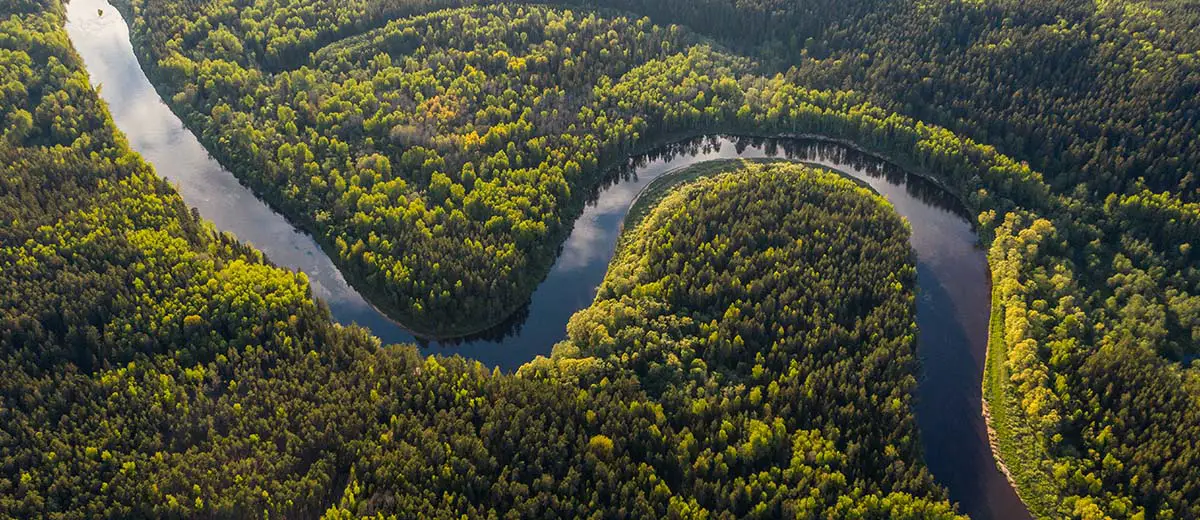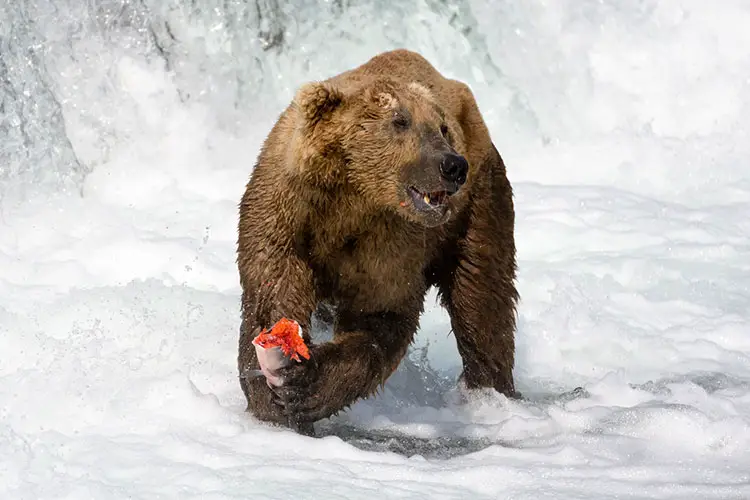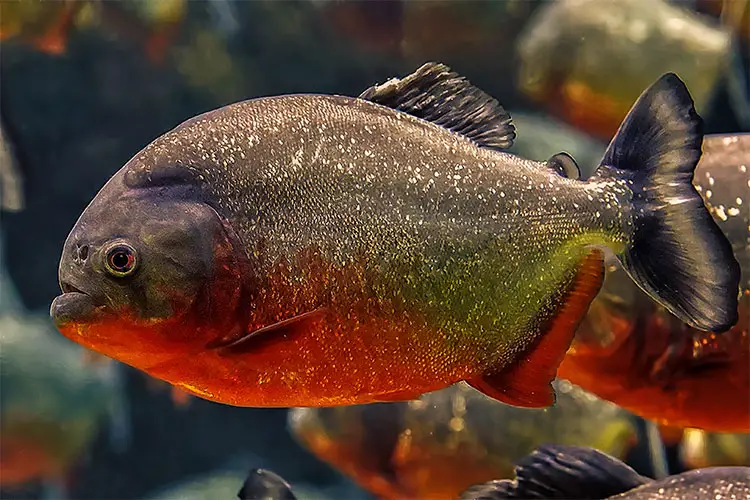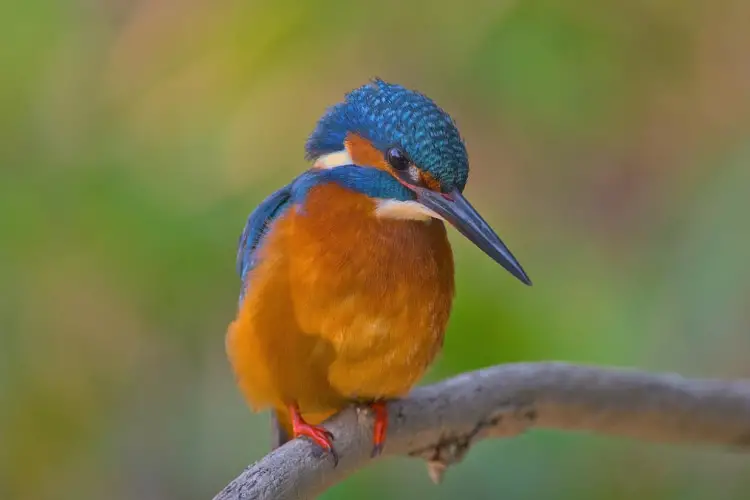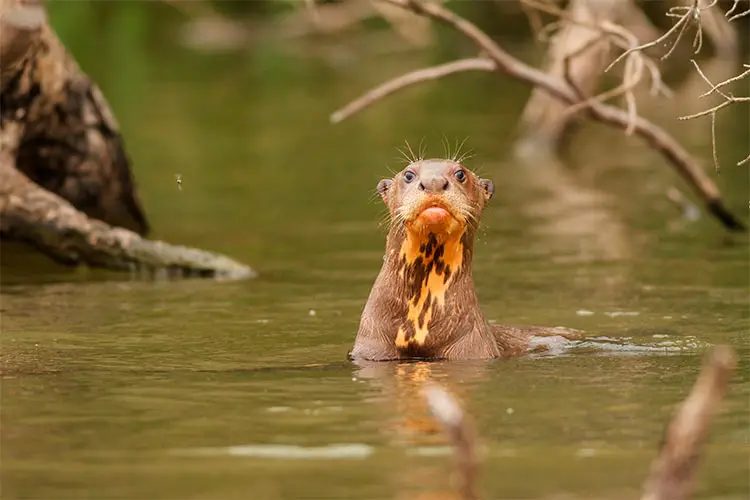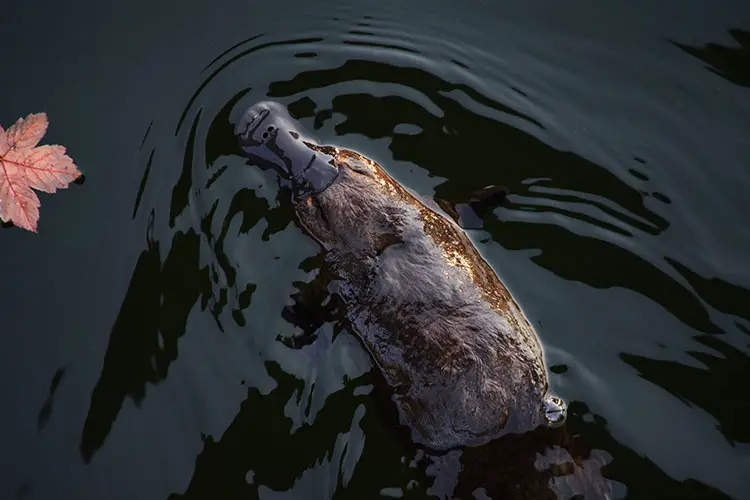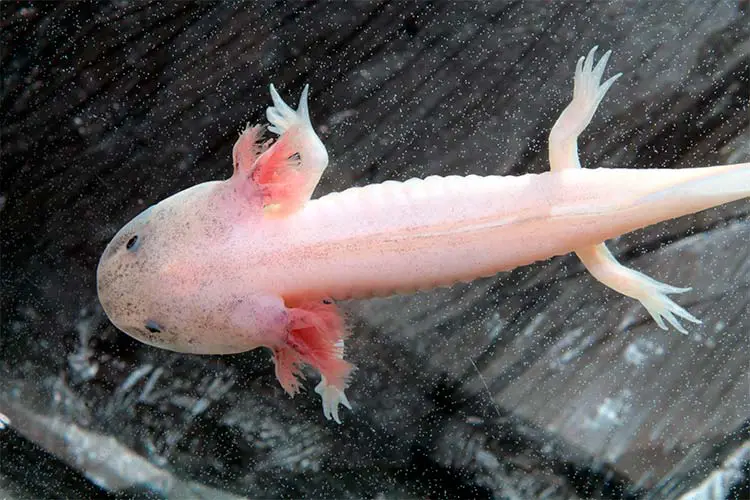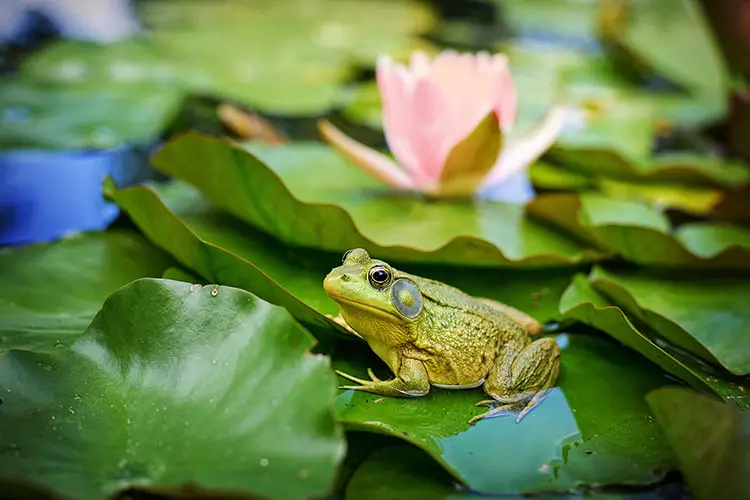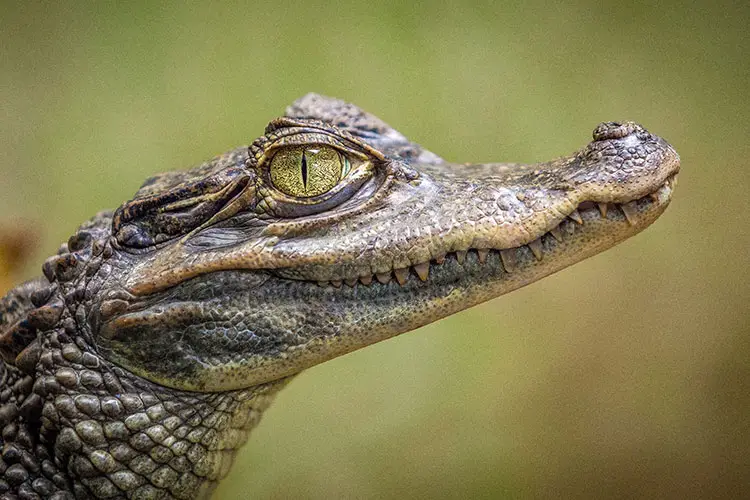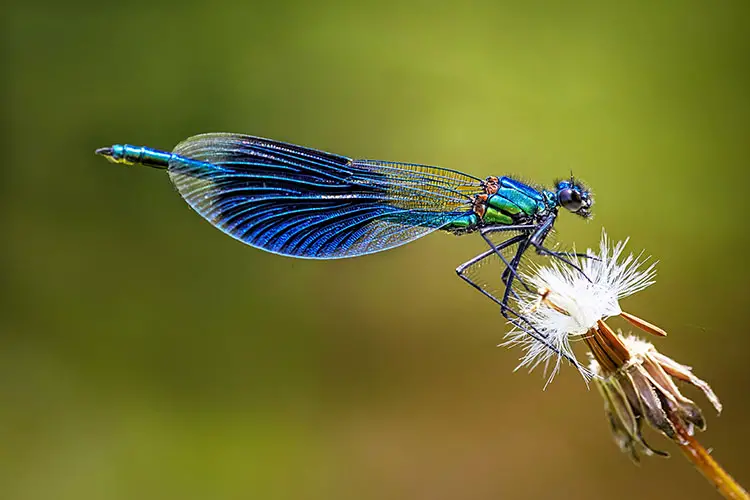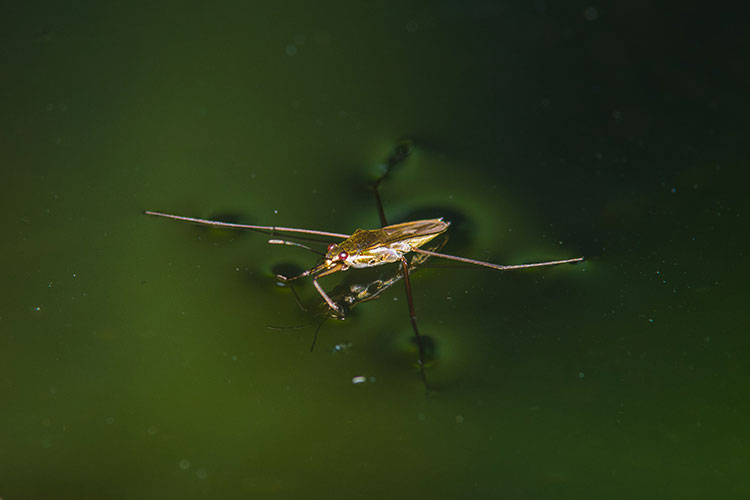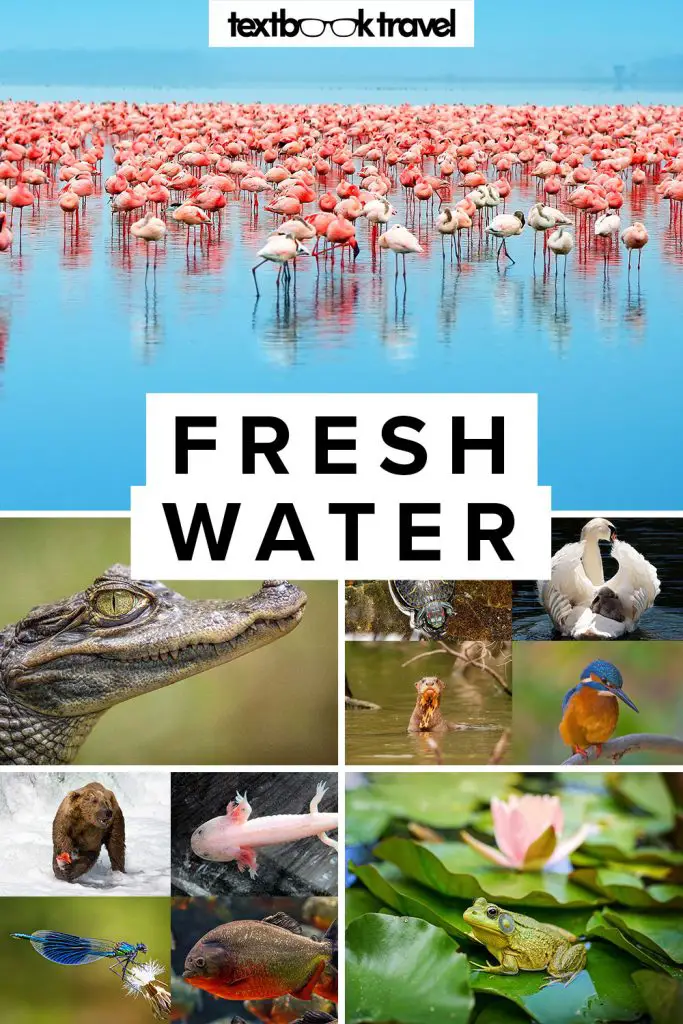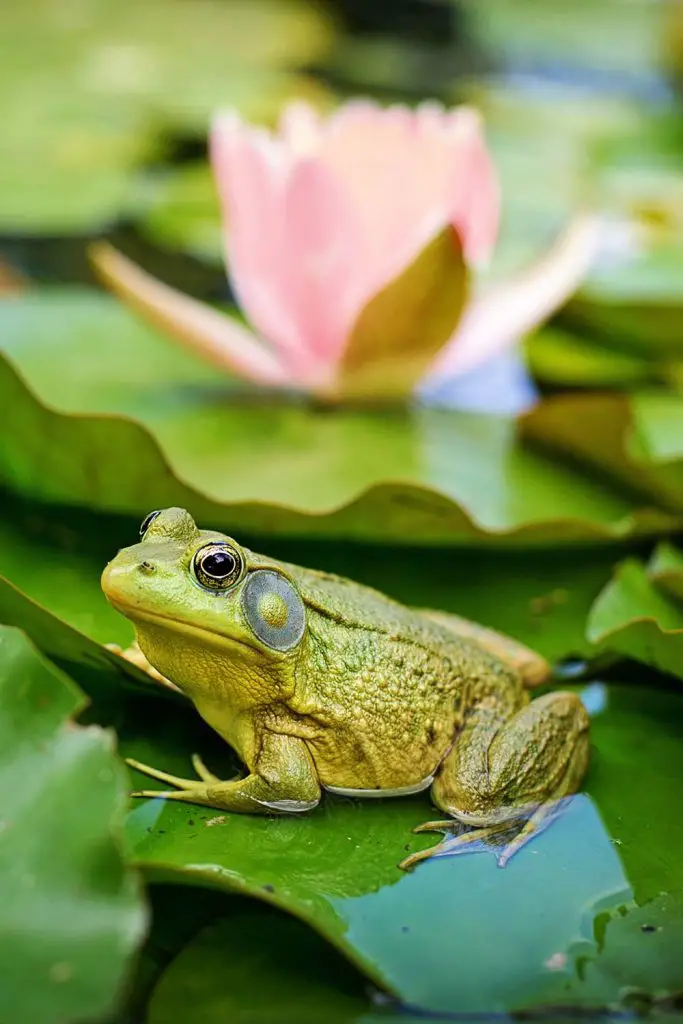Animals of the Freshwater Biome
The freshwater biome is characterized by a low level of salt and can be broken down into three main categories: ponds and lakes, streams and rivers, and wetlands. Ponds and lakes are commonly isolated from other aquatic ecosystems and therefore often lack a large amount of diversity. Streams and rivers transport rainwater from regions of higher altitude to the ocean; they contain their own unique fauna and also act as migratory paths for animals such as salmon. Wetlands are shallower bodies of water that support the growth of plants such as lilies; there are many wetlands that are not considered true freshwater ecosystems due to their high concentration of salt. Whereas the marine biome is held almost exclusively for water-dwelling animals, the freshwater biome boasts a large crossover, with many animals using both the surrounding land and water to live.
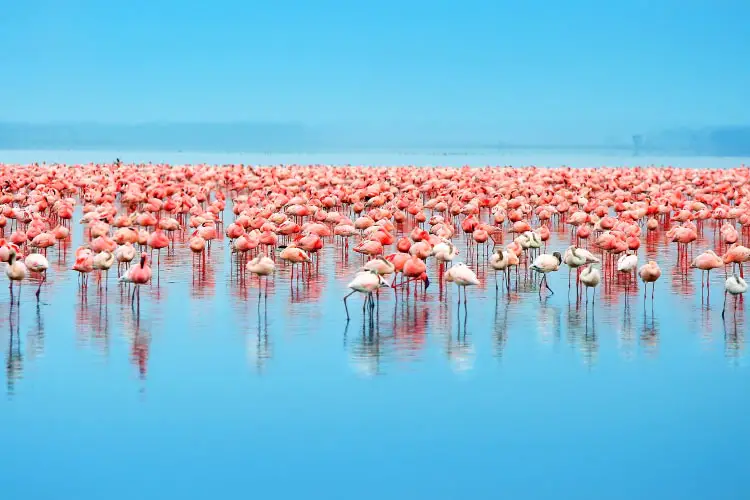
The fish of the freshwater biome are significantly smaller than that of their open ocean cousins, however, thanks to the isolation of many ecosystems, they share around 40% of the total number of species. Examples of freshwater fish include trout, pike, bass and catfish. Piranha are omnivorous fish that live in the Amazon basin in South America. Although they are touted in Hollywood films as extremely dangerous to humans, they mostly feed on other fish, insects, worms and crustaceans. There are also many species of fish that live in the sea but migrate through freshwater rivers and streams to breed such as salmon and trout. Bears famously take advantage of the salmon run each year and will wait at waterfalls to catch the salmon making a dash for their breeding grounds further upstream.
Left – Grizzly bear enjoying the salmon run in Alaska & Right – Red-Bellied Piranha | Pixabay: Rethinktwice
Ducks, swans and geese are members of Anatidae, a family of waterbirds containing 174 species found on every continent with the exception of Antarctica. Like ducks and geese, swans are mainly herbivorous, feasting on the roots, stems and leaves of aquatic plants. They form strong monogamous bonds with their mating partners and can often be seen floating gracefully together in rivers and lakes. Other birds of the freshwater biome include kingfishers, herons, osprey and pelicans. Kingfishers are also found on every continent and sport colourful plumage, often found in vibrant blues, oranges, reds and yellows. As their name would suggest, many species of kingfisher are adept at fishing but their diet also includes amphibians, worms, insects and spiders.
Left – Pen giving her cygnet a piggyback ride! | Pixabay: Hermann & Richter & Right – Kingfisher in Andalusia, Spain | Flickr: elitro
Many mammals have also evolved to thrive in freshwater; otters, beavers, river rats and capybara are just a few of the species that abide in freshwater ecosystems. The giant river otter is the largest member of the weasel family and can measure up to 1.7m / 5.6ft. A social animal, they live in dens on the banks of rivers and lakes where they mostly prey upon fish such as piranha and catfish—although they have also been known to take down caiman and anacondas! The platypus—also known as the duck-billed platypus—is an aquatic mammal endemic to the east coast of Australia. The males of the species have a spur on their ankle that secretes venom if attacked; this is not lethal to humans but would be enough to kill a small mammal such as a dog.
Left – Giant Otter swimming in the Amazon & Right – Platypus in Tasmania Unsplash: Meg Jerrard
Although some species of frog have adapted to reproduce without a body of water, most amphibians start their life as larvae laid in freshwater—also known as tadpoles. Animals in this classification of vertebrates include frogs, toads, salamanders, newts and caecilians. The axolotl is a species of salamander native to only two freshwater lakes in Mexico and, unfortunately, is on the brink of extinction. Also known as the Mexican walking fish, the axolotl is carnivorous, feeding on insects, molluscs, worms and other invertebrates. Bullfrogs are large frogs known to be particularly aggressive, often preying on small rodents, other frogs, spiders, lizards and much more. They are ambush predators who strike prey with their long tongues before reeling them in to their powerful jaws (thank god they’re only 20cm long!).
Left – Axolotl aka the Mexican walking fish & Right – Bullfrog resting on lily pads | Pixabay: Jill Wellington
The reptiles of the freshwater biome range from members of Crocodilia such as crocodiles, alligators, and caiman to turtles and snakes. Caiman are found in swamps, mangroves, and other freshwater ecosystems in central and South America. Preying mostly on fish, they are the smallest of the crocodilians weighing up to 40kg / 88lbs and measuring no more than 4m / 13ft. Emydidae is a family of turtles found in the freshwater biome more commonly known as terrapins. The pond slider is a species of terrapin endemic to the south-eastern United States; it has three subspecies, the most recognizable being the red-eared slider, which has a small red stripe around its ears.
Left – Young caiman | Unsplash: Gaetano Cessati & Right – Red-eared slider turtle | Pixabay: zoosnow
Many insects use bodies of freshwater to lay their eggs including dragonflies, mayflies and mosquitoes. Dragonflies are a family of territorial flying insects, containing over 3,000 species. They perch on plants overlooking sunlit shallow waters where they prey on other smaller insects. They are well-known for having metallic coloured bodies/eyes and large transparent wings. Water striders (aka Jesus bugs!) are another family of insects—containing 1,700 species—who use their hydrophobic legs to help them traverse across bodies of water without breaking the surface. Interestingly, although they are found mainly in the freshwater biome, around 10% of their species are marine. Other freshwater invertebrates include leeches, crayfish & freshwater crabs.
Left – Dragonfly perched on a flower | Unsplash: Dorothea Oldani & Right – Water strider | Pixabay: Julia Schwab
Excuse me! Are you on Pinterest?! Here are a couple of pins! Right: Jill Wellington on Pixabay
